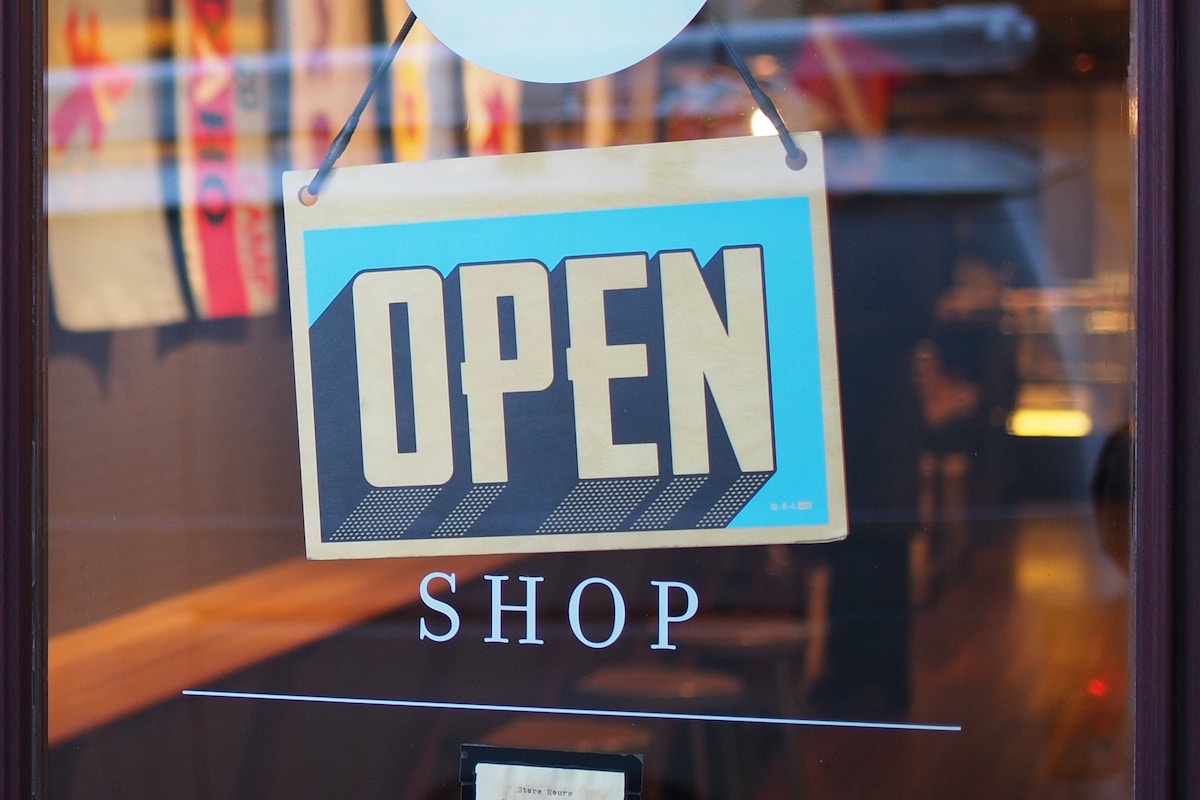When we receive good news, our first inclination is naturally to share it with others. And the same thing applies when your company receives great media coverage, whether it’s pickup in The Wall Street Journal or an influential trade journal, a broadcast mention or a podcast appearance.
You’ve worked hard with your PR agency to secure this coverage; for B2B marketers and agencies, it’s a great feeling to see a great story go live. After all, survey after survey reinforces that earned media is more credible than advertising, and PR is essential for marketing success.
Now is not the time to sit back and rest on your laurels, though. Instead, it’s time to swing into action to make the most of your press coverage. And here’s a checklist that will help you do it.
Promote Coverage Internally
Start by posting about the media mention (with a URL) on company social media profiles. Be sure to tag the publication, as well as the thought leader and/or journalist. This will further extend the visibility of your post to reach those who may follow the publication, journalist or company spokesperson.
Your next steps should include the following:
- Communicate to employees via email or internal messenger (Slack, Teams), encouraging them to reshare the post or news to their networks. Provide a suggested caption they can use to help save time, or ask them to put their own spin on it. Provide any relevant company hashtags for easy copying and pasting. For example: “Please find a new post regarding XXX on our company page. Feel free to like and share via your private LinkedIn profiles (please use your own words if you would like to add text, otherwise it looks orchestrated).”
- If the coverage is a byline article or executive quotation, draft a unique post for the author of the piece so they can share on their social channels too.
- Share the article on your website, such as to a News or Coverage webpage.
- Send the news to the sales and customer success teams. Encourage them to share with prospects and customers, too. Good press coverage will help enhance your company’s reputation with prospective clients, and existing customers will receive affirmation that they’ve made the right choice by working with your company.
- Consider highlighting particularly exciting coverage in a newsletter or blog post.
One more thing for your post-coverage “to-do” list: take time to send an email or personal note thanking the editor or writer for covering your company. A simple “thank you” goes a long way in B2B communications, and you can offer to be a resource in the future as needed.
Gather Anecdotal Evidence Regarding Coverage Success
A couple of weeks after receiving this great coverage, ask the sales and customer success teams for any anecdotal feedback about the impact of media coverage on sales. This can sometimes be hard to measure, but the findings can help reinforce the value of PR coverage.
For example, our client Birdzi received more than a half dozen leads from a press release about a new customer implementation! You can also check out this blog post to learn more about using coverage to drive leads.
One of the things we enjoy most at Ketner Group is keeping tabs on client media coverage. In the last two weeks alone, our clients have garnered coverage in publications like Business Insider, The Wall Street Journal, Chain Store Age, eMarketer, Total Retail and others.
It’s validating (and a lot of fun) to see the results of our work. And we work with our clients every day to ensure they make the most of it!
To talk more about how we can help capture great coverage, contact us.










